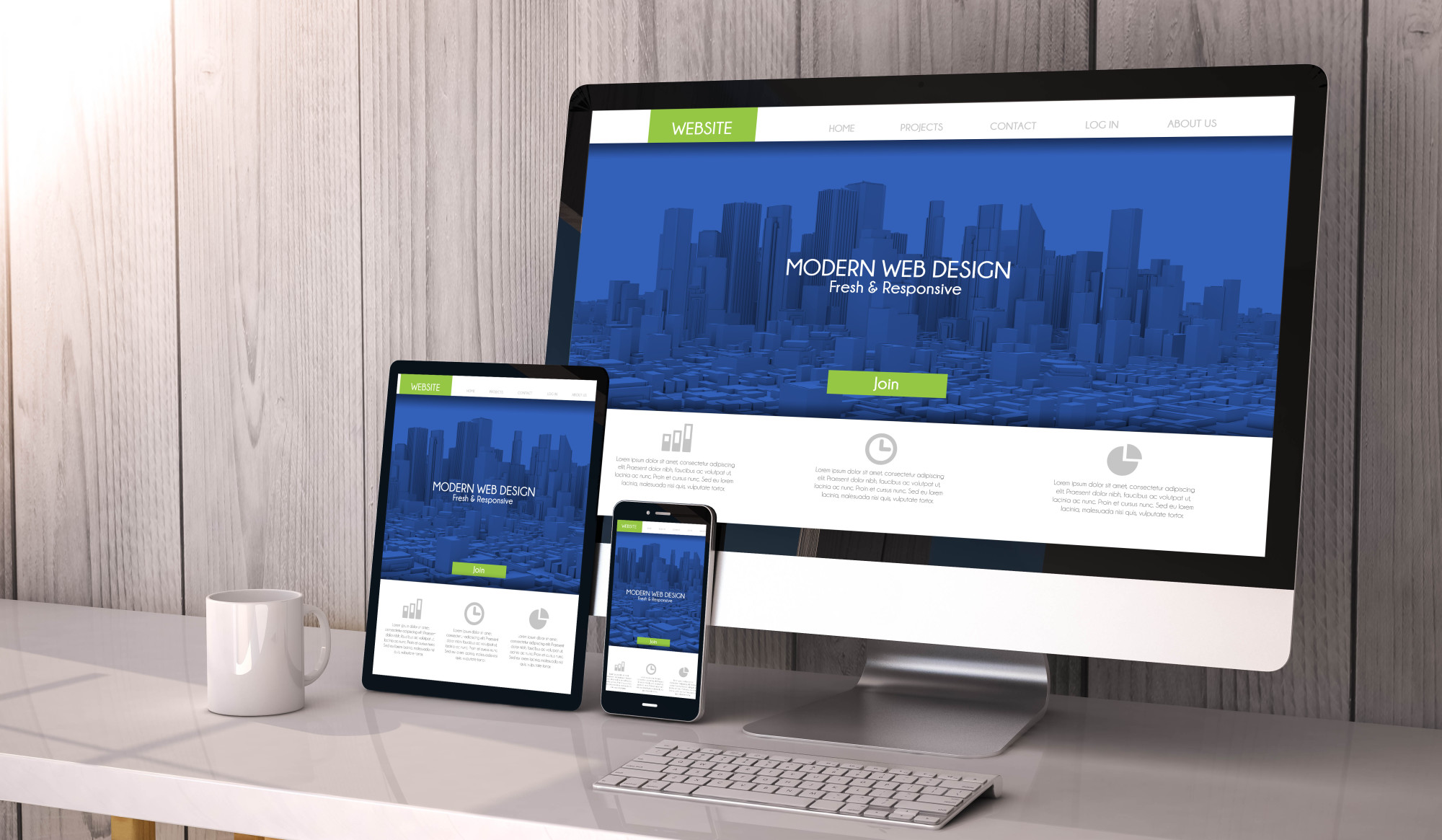
Did you know: in 2020, 28% of online searches for local businesses led to a sale? With the internet playing such an unprecedented role in our lives, businesses simply cannot do without an effective website.
But, you might be wondering how to create a business website? Or what are the different elements your website needs to incorporate?
Keep reading for our guide to having a great website design for your business.
1. Get Interactive
The first of our web design tips is to include interactive elements on your website. These are useful for many reasons. First, they encourage the user to stay on your page for longer.
By including fun elements like a quiz, you create a stronger connection with your potential customer, and they are likely to increase their interest in making a purchase.
Next, interactive elements can also help with lead generation. By including options to sign up for a newsletter or filling in contact details to make an appointment, visitors to your website are providing you with their personal details which you can then target with your marketing strategy.
2. Consider Your Business Objectives
Next, when you’re considering how to make a business website, this process needs to be driven by your business objectives. Take a look at your Key Performance Indicators (KPIs) and explore how a website can help you meet these targets.
For example, younger businesses might be placing a greater focus on building brand awareness and brand recall. They will want to include regular blog content and focus on establishing consistent branding.
Meanwhile, a business with sales-driven objectives will want to ensure that the user journey from the website landing page to checkout is as simple as possible.
3. Don’t Forget Branding
One of our most important small business website tips is to focus on your branding. This includes the color scheme, font, images, logo, and tone of voice used in the website content.
Each of your webpages should be consistent in your branding, presenting your business in the way you wish to appear to customers. This might be as a friendly, family-run business, or as a professional consultant with vast experience.
You also need to include prominent links to your social media pages. This includes Facebook, Twitter, LinkedIn, TikTok, and YouTube, if possible.
The branding across your digital presence and in email marketing should be consistent too. Remember to direct customers to your website in your social media posts and bios, as well as in your email campaigns.
4. Include a Blog
For those small-business owners wondering how to drive traffic to your website, a great way to improve your SEO is by including a blog section in your website. Try to publish articles that address common questions that might arise in relation to your products or services.
This way, someone might enter their question into a search engine, then come across your blog that provides the answer. It is likely that they will then remain on your website and explore whether you can meet their needs.
Make sure your blog is easy to find, and include a search function so that visitors can find exactly what they are looking for.
5. Make Navigation Simple
One of the worst mistakes a business can make is to set up a website with all the essential pages and features, but make it difficult for visitors to navigate. Avoid confusing layouts, and try to anticipate what the most popular pages of your website will be.
These can go at the top of drop-down lists, or in the center of your website to make them easy to find. Don’t forget that you can use analytics dashboards to find out exactly which of your website’s pages gets the most hits.
6. Review and Test
An essential element of web design is to continually review how your website is performing and to test different options to find out what works best. Many website managers and analytics programs offer the possibility of A/B testing. This allows you to compare like-for-like options, such as different images or landing pages, to see which performs better.
You also need to look into digital experience analytics to make sure your website is as effective as possible. This includes heat mapping, session replays, and other tools that let you optimize the user experience.
7. Set Goals
A component of web design that goes hand in hand with reviewing your website’s performance is setting goals. You should set reasonable objectives for metrics you want your website to achieve.
This will help you determine whether you are increasing traffic and sales thanks to your website.
Some of the key numbers to look at are the number of site visits, the time spent on your site, the conversion rate for your visitors, and interactions per visit.
8. Don’t Forget Contact Details
If one of the purposes of a business website is to create leads, a common error business owners make is to make it difficult for potential customers to contact them. One of the ways around this is a footer across your website with your business’s information.
This should include your business address (if applicable), as well as a phone number and email address that are monitored regularly.
You could also consider an FAQ page that might divert users away from your support team, and allow them to help themselves.
That’s How to Create a Business Website
Now that we’ve provided our top web design tips and tricks, it’s time to set up a website that will attract potential customers and help move them down the sales funnel until they become loyal, returning customers. Don’t forget that web design is a process of continual improvement and that the job is never truly ‘done’.
If you found this article about how to create a business website useful, be sure to check out our other business-related posts!




